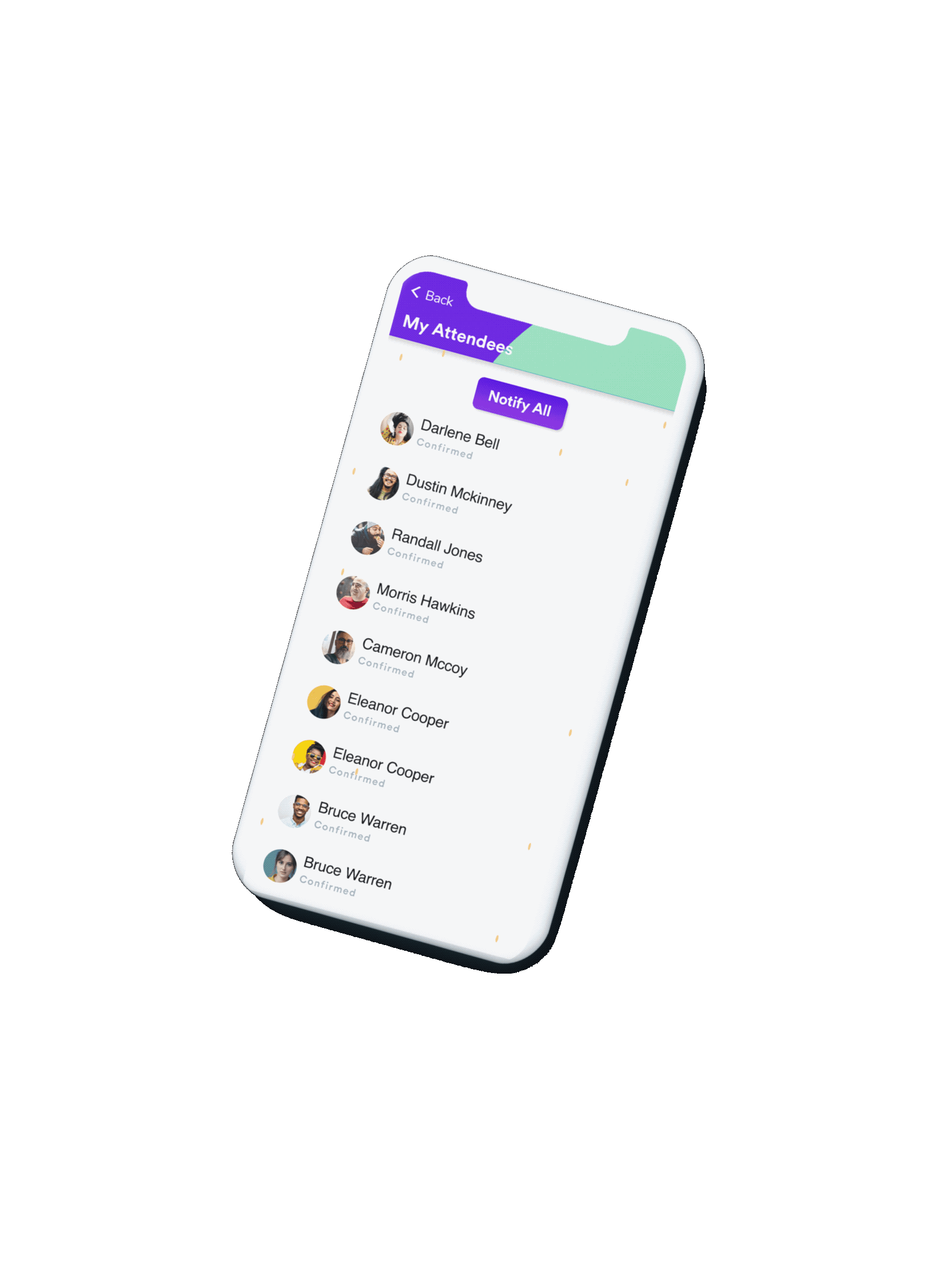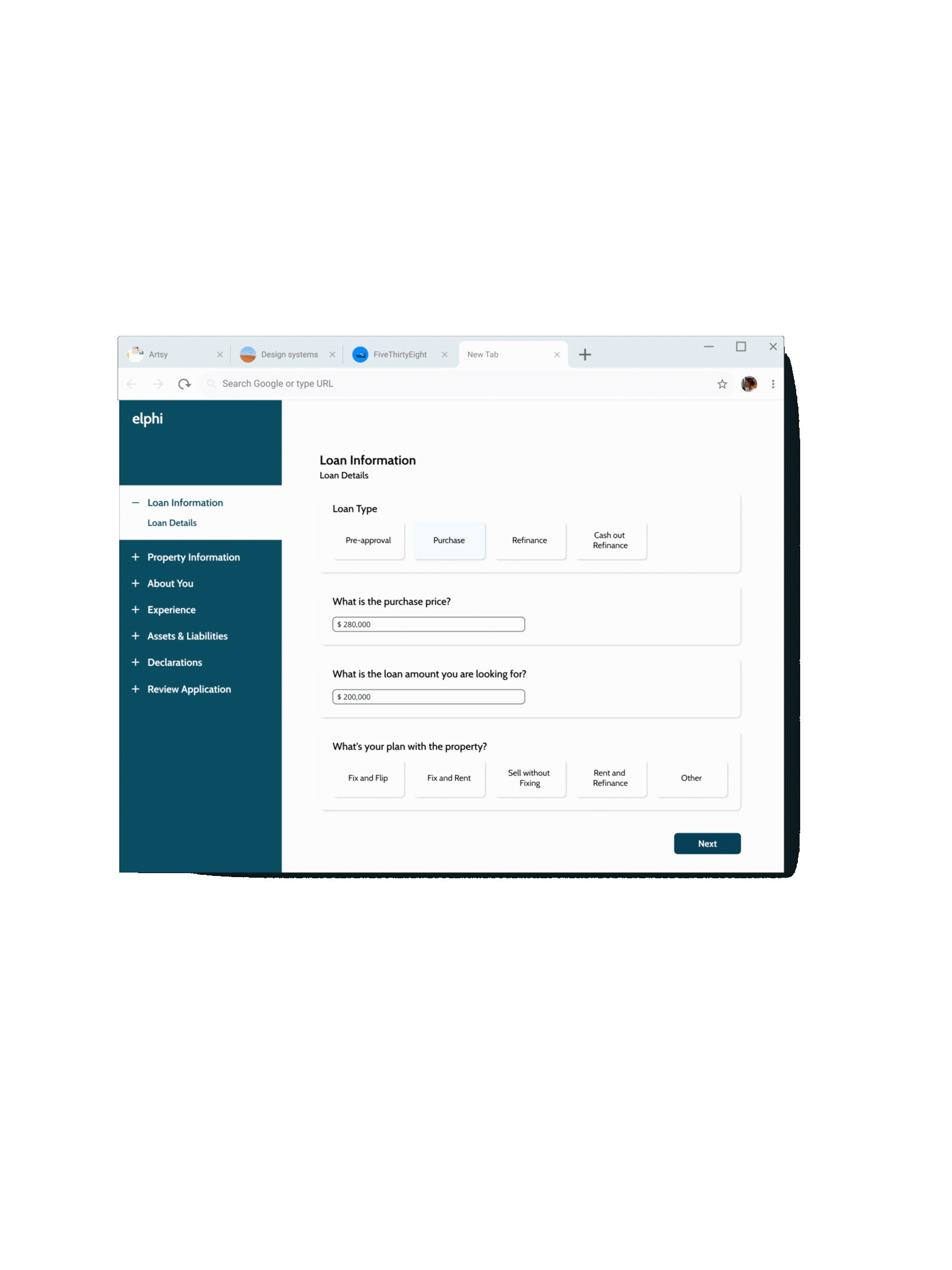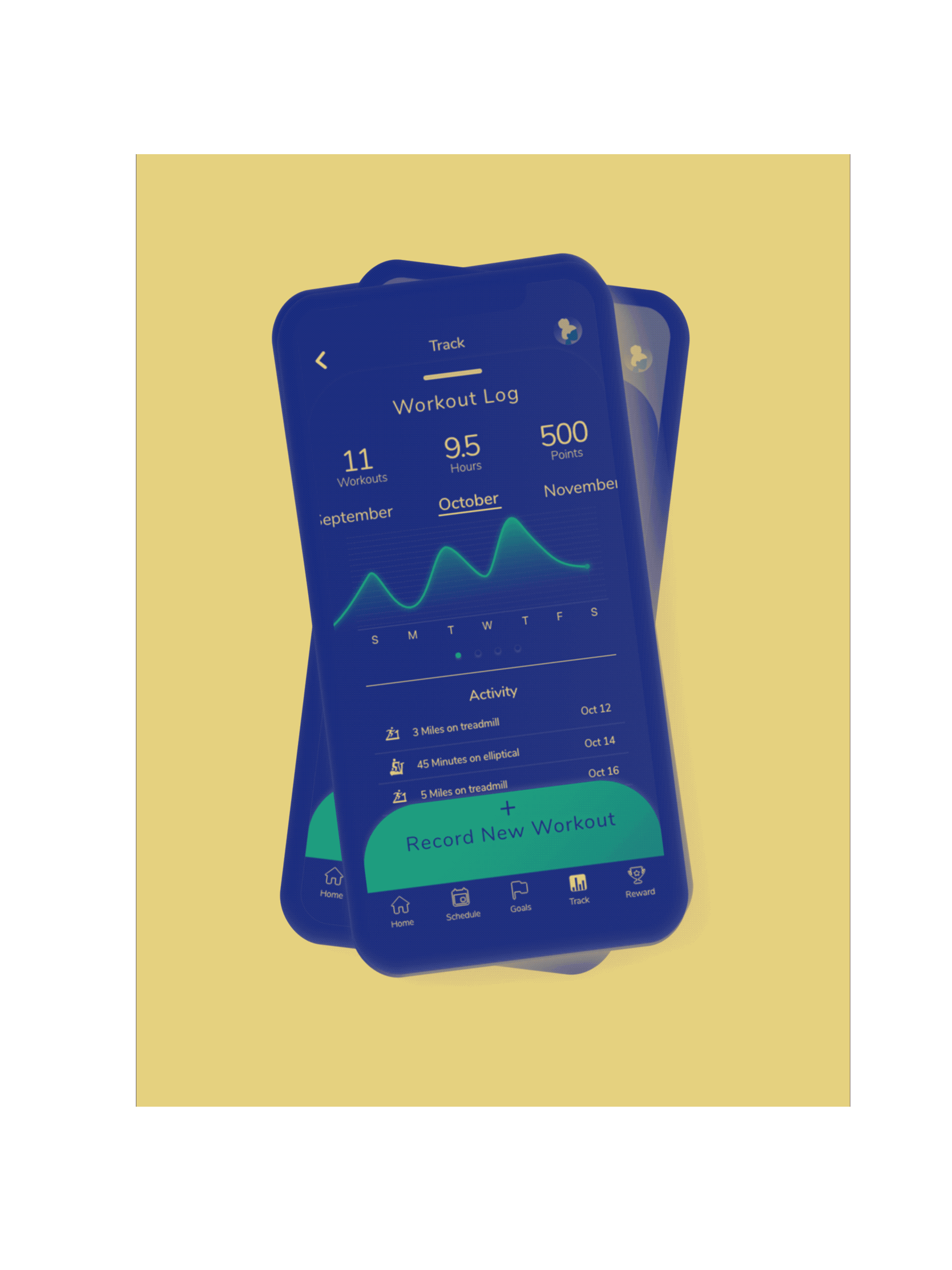Overview
BRIEF
Create an opportunity for skilled individuals to share niche knowledge with others through non-digital means by hosting learning events.
USERS
Individuals with unique skills interested in hosting local educational events.
ROLE
User Experience Designer:
Define the UX strategy of the platform from initial research to wireframes, information architecture and low fidelity prototypes.
TEAM | UX: 4 Product Designers
UI Design: Self
TIME | 6 Weeks
TOOLS | Sketch, Invision, Figma, Miro
The Challenge
The changing educational and technological landscapes have enabled curious learners to seek educational opportunities from everyday people who possess unique knowledge or skills. Only digital platforms currently exist for individuals and educators hosting online courses.
The Problem
Individuals looking to host in-person learning events have limited options to connect with curious learners. Demand in this sector is on the rise as people are looking to explore and capitalize on their life’s passion outside of a conventional job.
Our Solution
Create a digital platform for the non-event planner, that would allow local experts to organize and host successful learning events. Our focus would be on the host-facing side of a dual serving platform.
Research
We conducted surveys and interviews with subject matter experts within two specific categories of people:

1 | Knowledge Experts
Individuals possessing a skill or set of knowledge they wish to share.
Key Questions
- What motivates you to share your skills?
- What shortfalls exist that make this difficult?
- How can technology assist you in educating others?

2 | Event Planners
Individuals in the event planning industry, from party planners to large scale charity event organizers.
Key Questions
What are the most critical elements of event planning?
What are the typical pain points?
How does technology play a role?
High-Level Goals
1. Facilitate Learning Experiences
Serve communities with the desire to learn through non-digital means.
2. Optimize Engagement
Increase user engagement on both the host and attendee sides of the platform.
3. Alleviate Stress
Minimize core stressors in the event management process for non-event planners.
Discovery
Understanding our Competitors
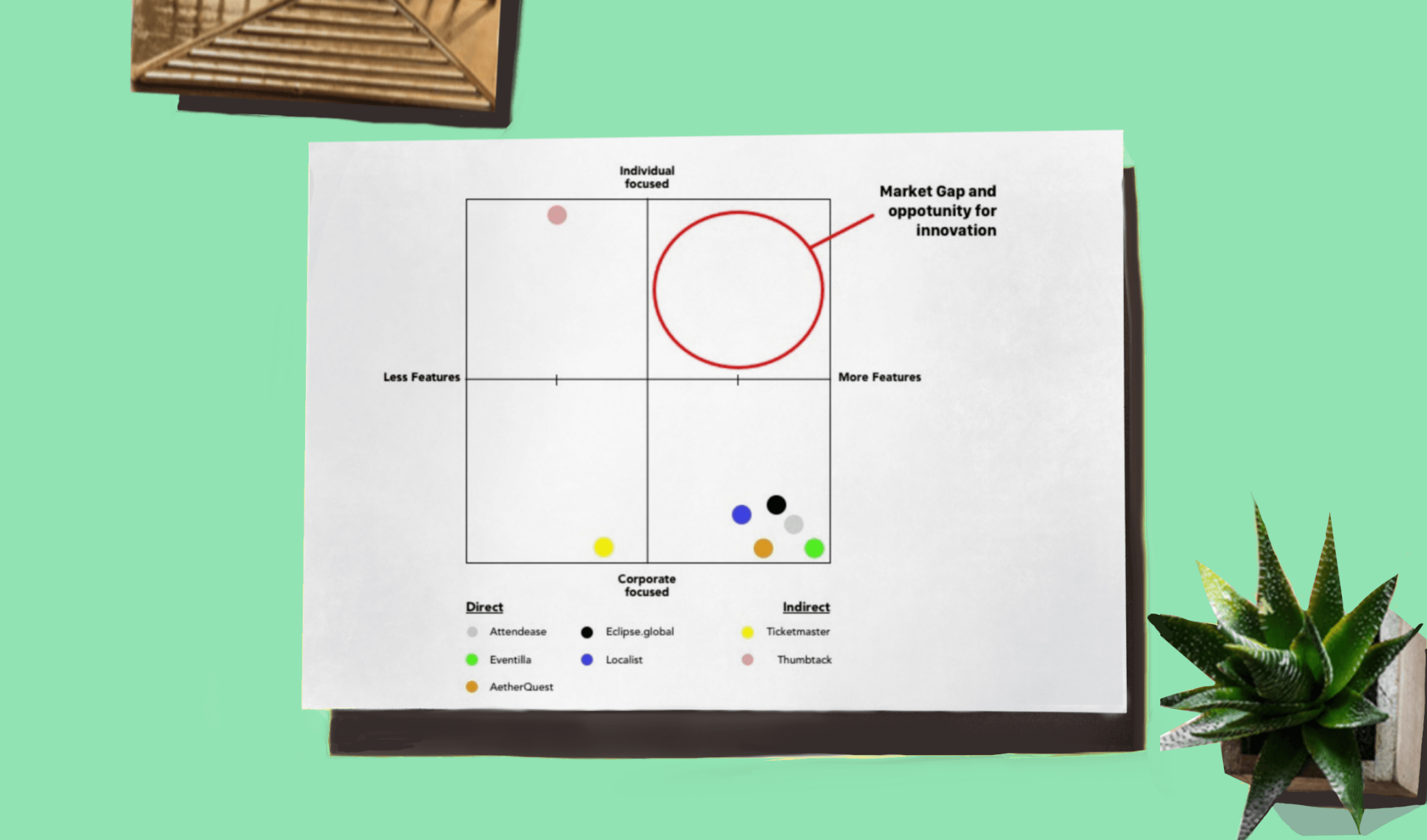
We first needed to discover the demands, goals, and needs of corporate and non-corporate event hosts in order to create a digital event-planning platform.
We analyzed several companies and technology platforms to understand the structure and values of our competitors. The great majority of our competitors serve larger organizations and business clientele, thus there was a need in the market for our product.
Understanding our Knowledge Experts
Motivations
- Passion
- Growing their network
- Sharing their craft
“I want to share my love of things with people; I am joyful and grateful to have the opportunity to share my gift”
Frustrations
Low attendance
Unpredictable turnout
- Financial Loss
“People lack commitment. I am always anxious about no one coming; you just can’t predict the turnout."
Success Metrics
High attendee turnout
Experiencing growth
Sense of community
“When you feel like you are making a difference for people, you find satisfaction in that. I am motivated by this kind of growth in others”
83%
of our knowledge experts, indicated monetization was not their number one priority.
60%
of event planners, said they prefer to use pen, paper and printed materials to plan events.
Narrowing The Scope
The New Challenge
With the research we conducted, we decided to focus our goals in order to create a reliable product in a short amount of time. We discovered the main user pain point AND the main indicator of success was dependent on one element: the attendees.
Attendees are responsible for showing up, engaging, and fostering community. We formulated a new problem statement that addressed the hosts need for optimal attendance and engagement in order to provide a unique educational experience.
Problem Statement
Passionate knowledge experts, with a desire to share their skills with others in a non-digital space, need a solution to keep them informed about attendee status so they can better prepare for the event in terms of expectations and resources.
Ideation
Keeping users informed about their attendees was key. We started with a simple framework that could satisfy the basic need to keep track of attendees, and iteratively built specific vertical features catering to event organizers.
We created three divergent concepts to ease user pain points and empower the novice hosts to create educational events. We then put our concepts in front of potential users to evaluate which method(s) they found most useful in the event preparation process.
Divergent Concepts
1. Ratings Based Accountability
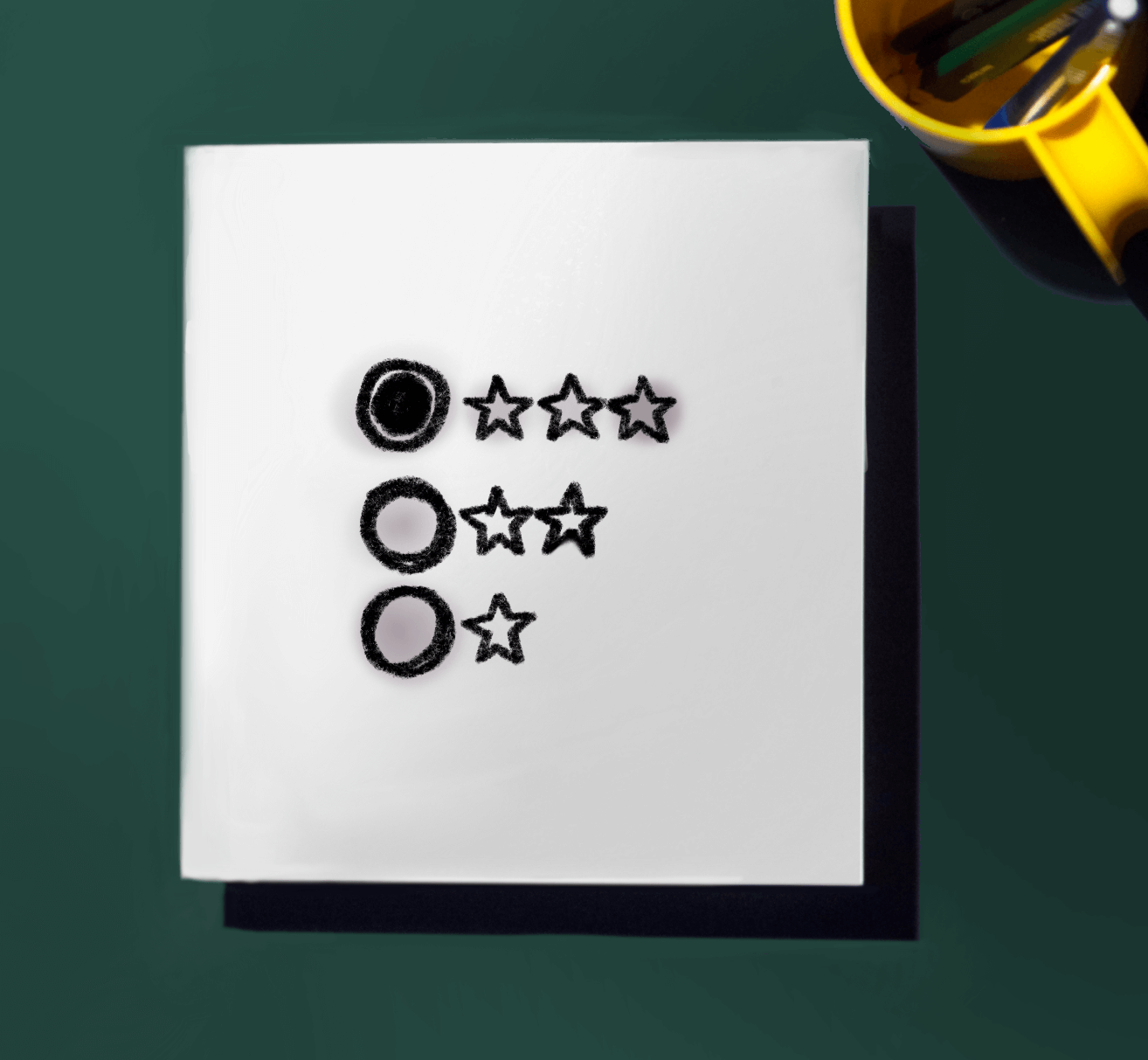
2. Confirmation by Attendees
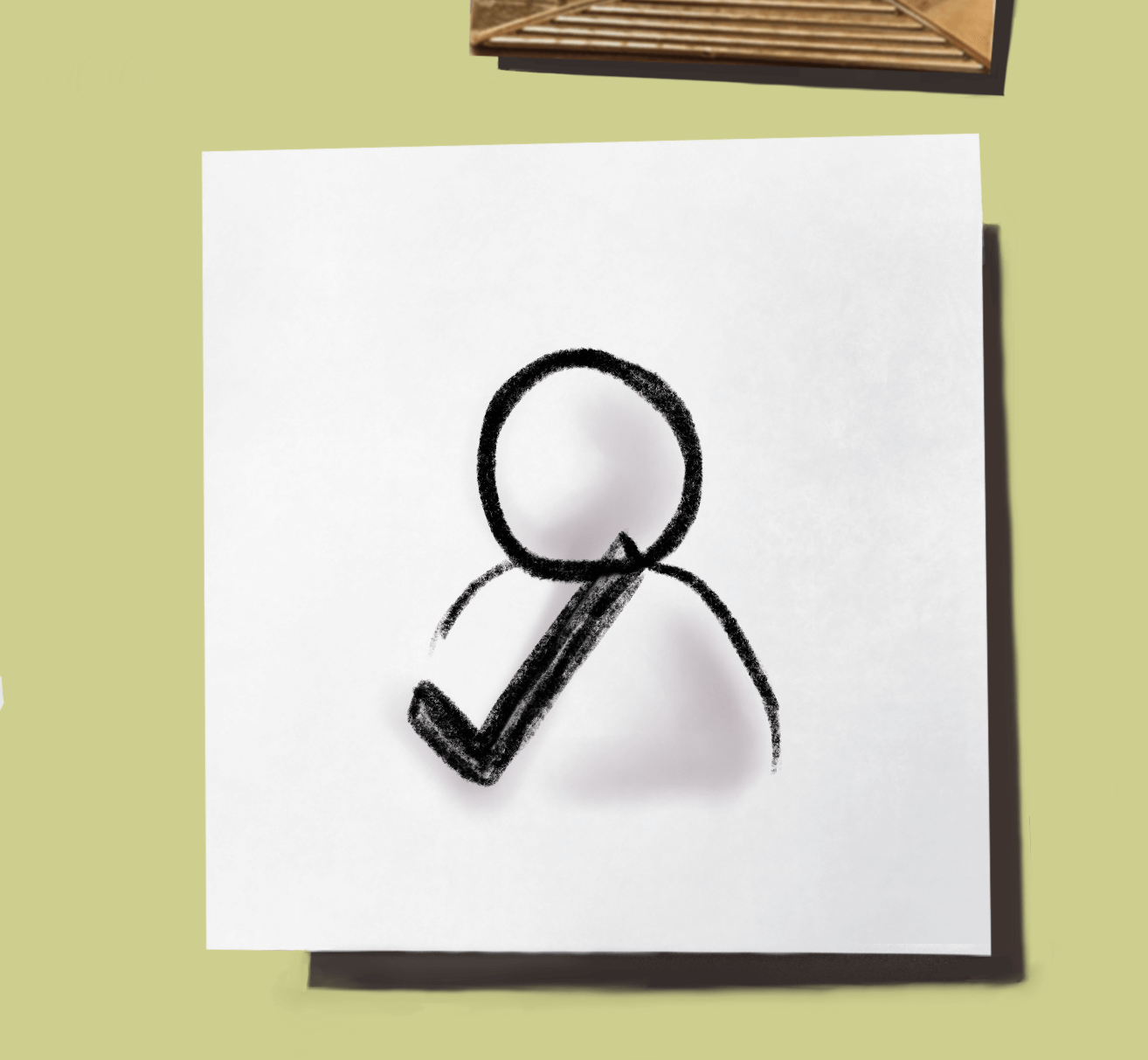
3. Monetary Accountability

1. Ratings Based Accountability
"Gamify” the platform through a points-based system that enables a host to rate their attendee, and vice versa. Customer ratings can produce favorable or detrimental effects to one's business, and customers have the freedom to rate businesses however they choose.
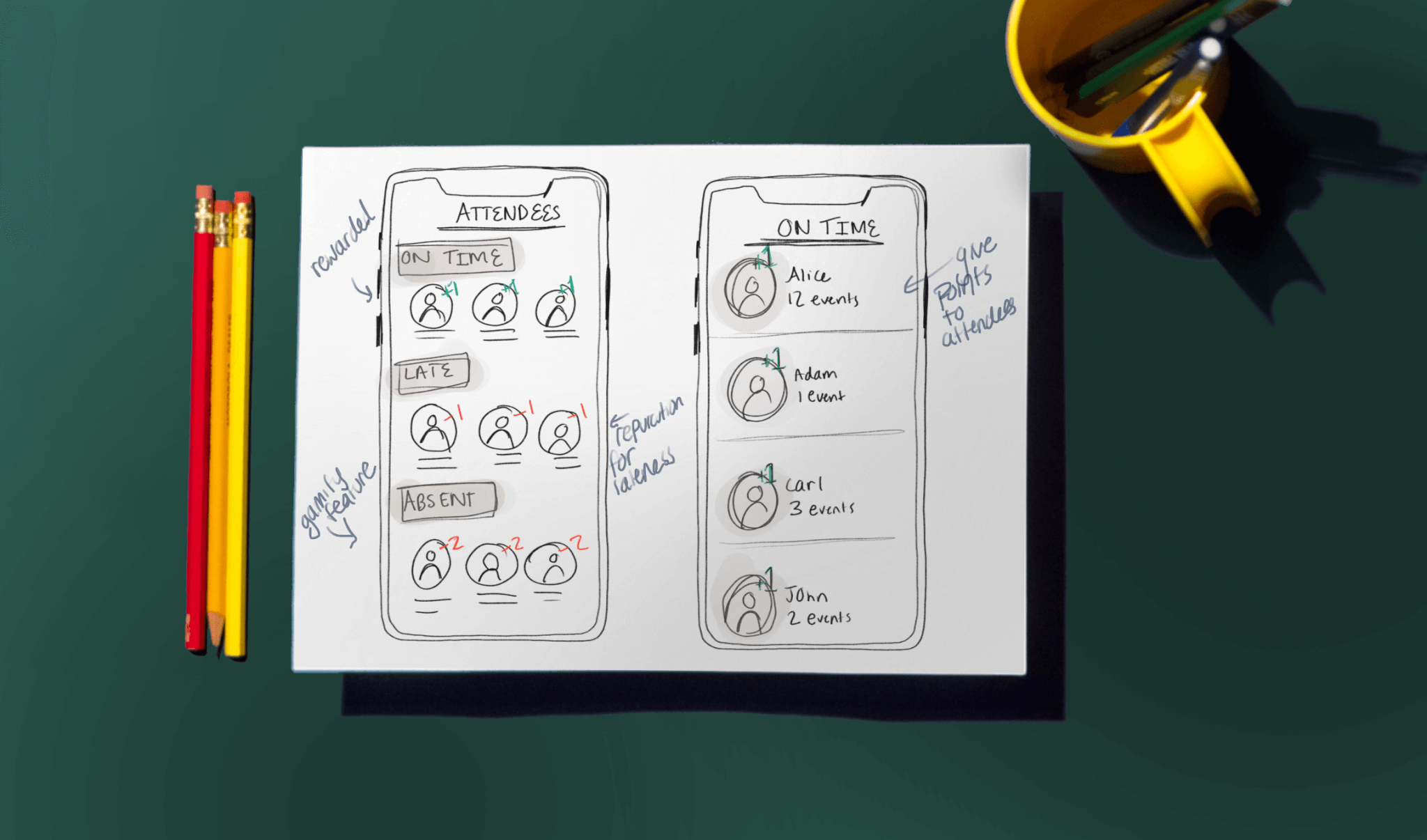
With this feature, an event host will have that same sense of agency; they will be able to rate their attendees.
Tardiness, inaccurate attendance reporting, and attitude would become metrics for assigning points to or subtracting points from attendees.
2. Confirmation By Attendees
Attendee push notifications to keep host’s updated in real-time about the attendee's status. Attendees can report their live status, hassle-free.
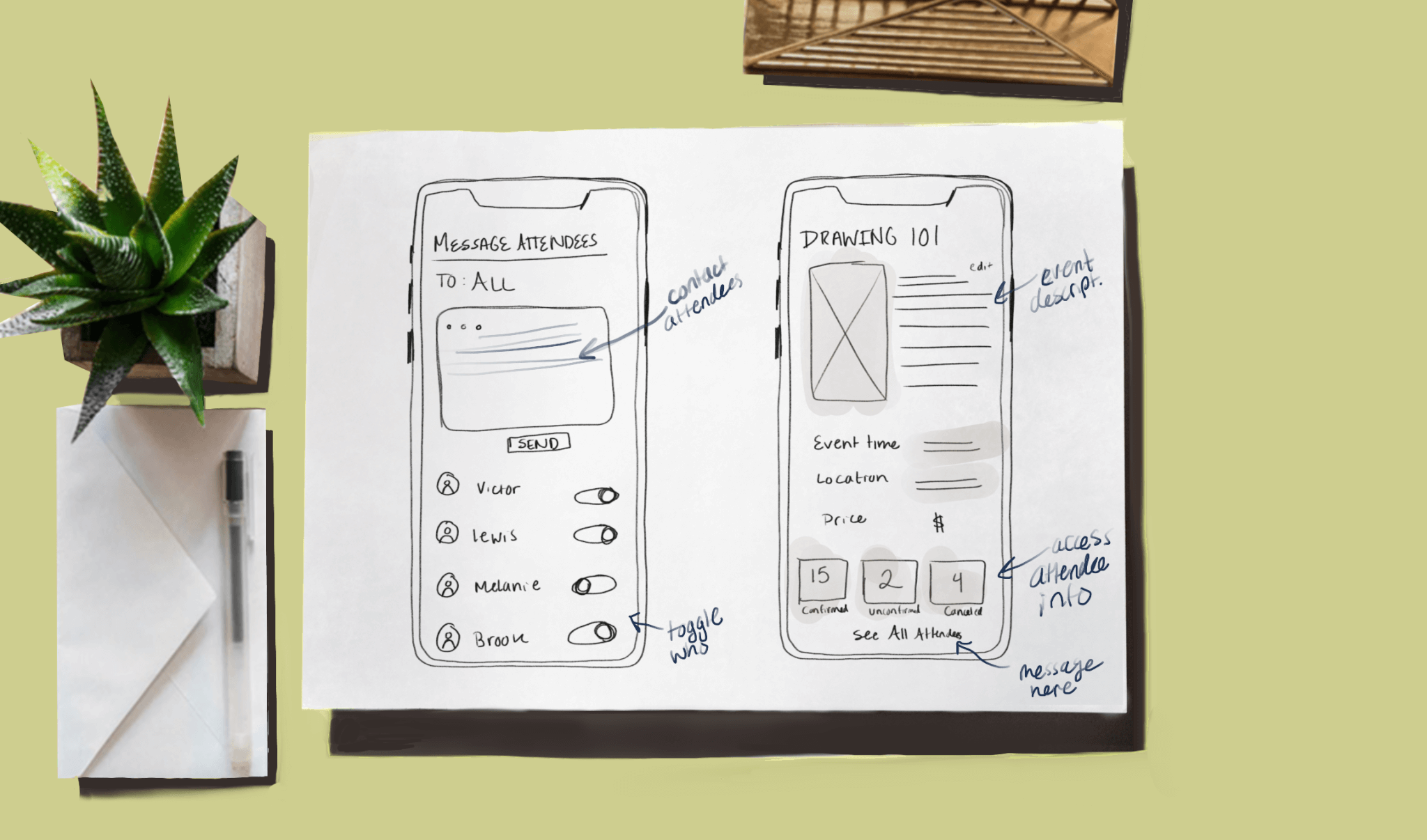
Despite previously confirming their attendance, people have the freedom to change their mind about attending an event, or may forget an event is coming up.
Our app will send push notifications to attendees at a time designated by the event host; as well as give the host the option to message attendees.
3. Monetary Accountability
When people are passionate about something, they are willing to invest. Payment will be used as a placeholder for space in the class. This concept is centered around attendee accountability in the form of monetary investment.
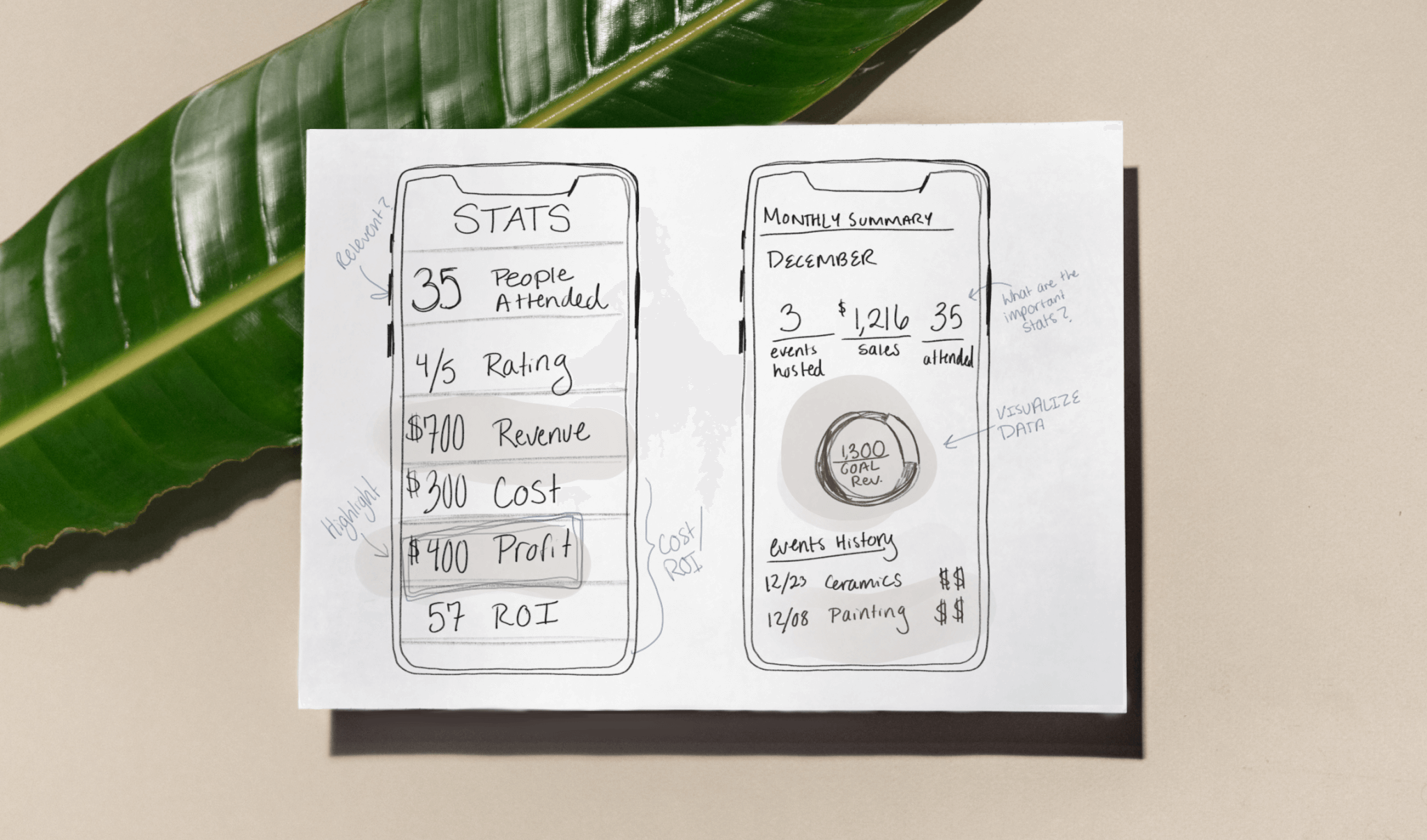
Even if an event is free, the attendee will leverage funds upon confirming attendance, and the funds will be returned upon attendee arrival.
Payment data will also serve the host by informing them about financial statistics in regards to revenue, profit margin, and ticket sales.
Testing & Solutions
We conducted guerilla tests to get user feedback on our divergent concepts before going further. We created prototypes, making use of hotspots, states, scrollable content, and comprehensive interactions.
In order to confirm the viability of these solutions, our metrics of success would be the mitigation of the following user pain points:
1 | No shows/ cancellation
2 | Attendee fluctuation
3 | Inadequate resource preparation
4 | Financial loss
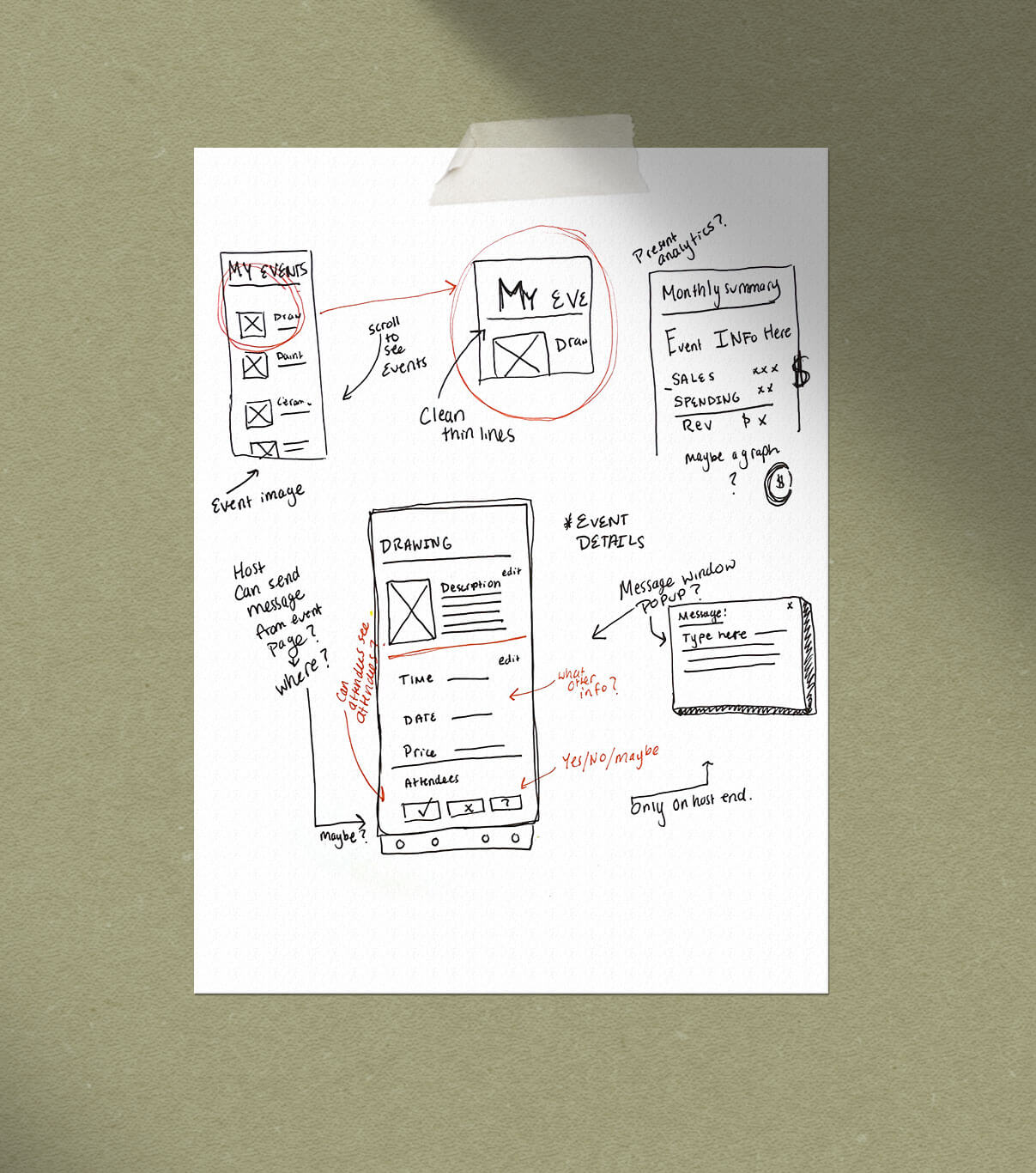
Test Findings

Our Confirmation by Attendees concept informed hosts about attendees' status in real-time, preventing unreliable attendee reporting. It was a success.

Our Monetary Accountability concept can help prevent financial loss. Hosts liked that this financial data would then be used to aggregate revenue statistics for the host.

Our Ratings Based accountability concept was ineffective because hosts cannot remember each individual that attends their event, and thus rating attendees is unrealistic (and not cool).
Convergence
Now that we validated the viability of attendee confirmation and monetary accountability, we wireframed screens that could further be developed for our final prototype. We determined the tasks that would be most valuable to our users, and developed user flows that would highlight our key concepts, around that.
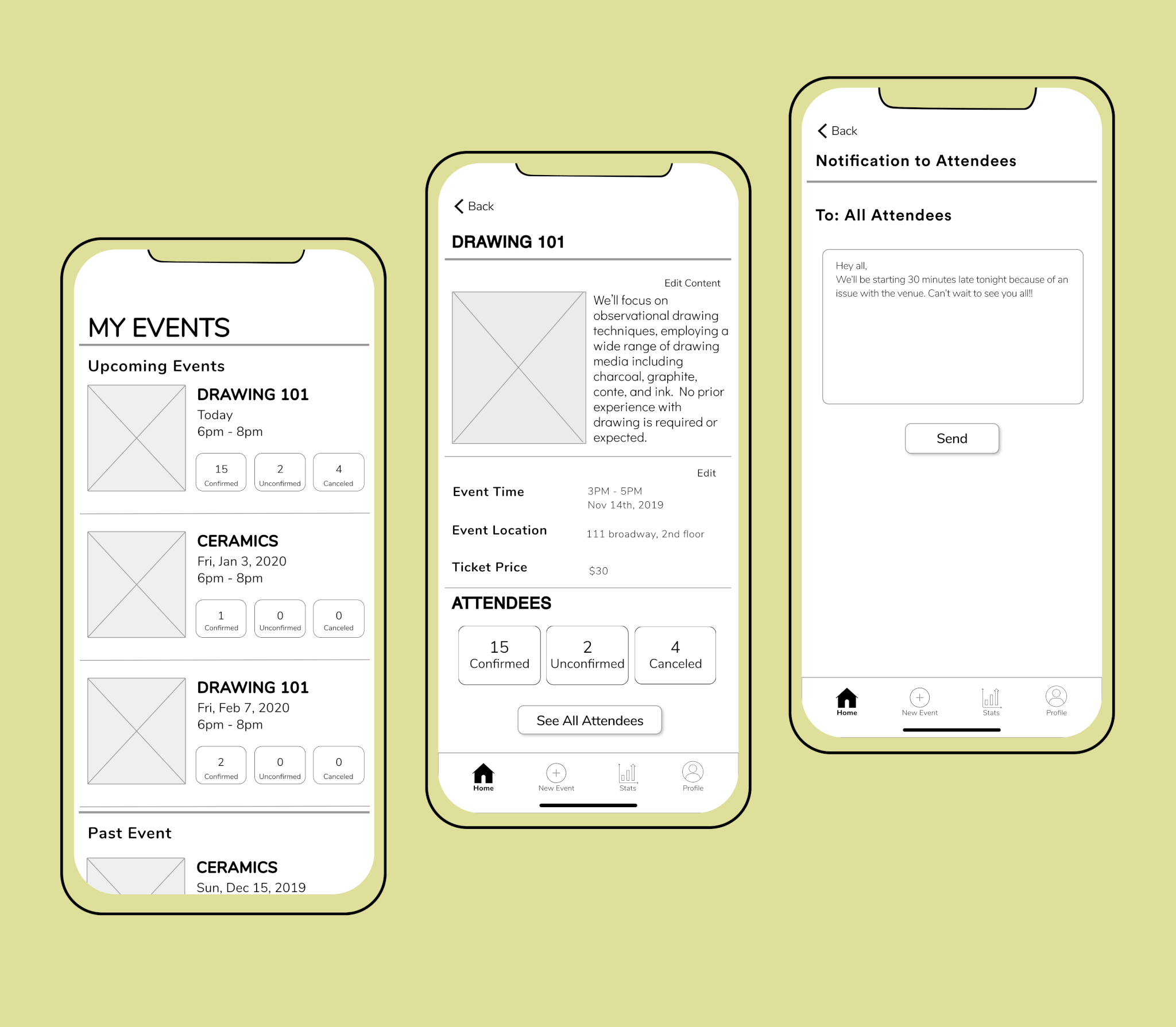
Events/Detailed event page/Messaging attendees
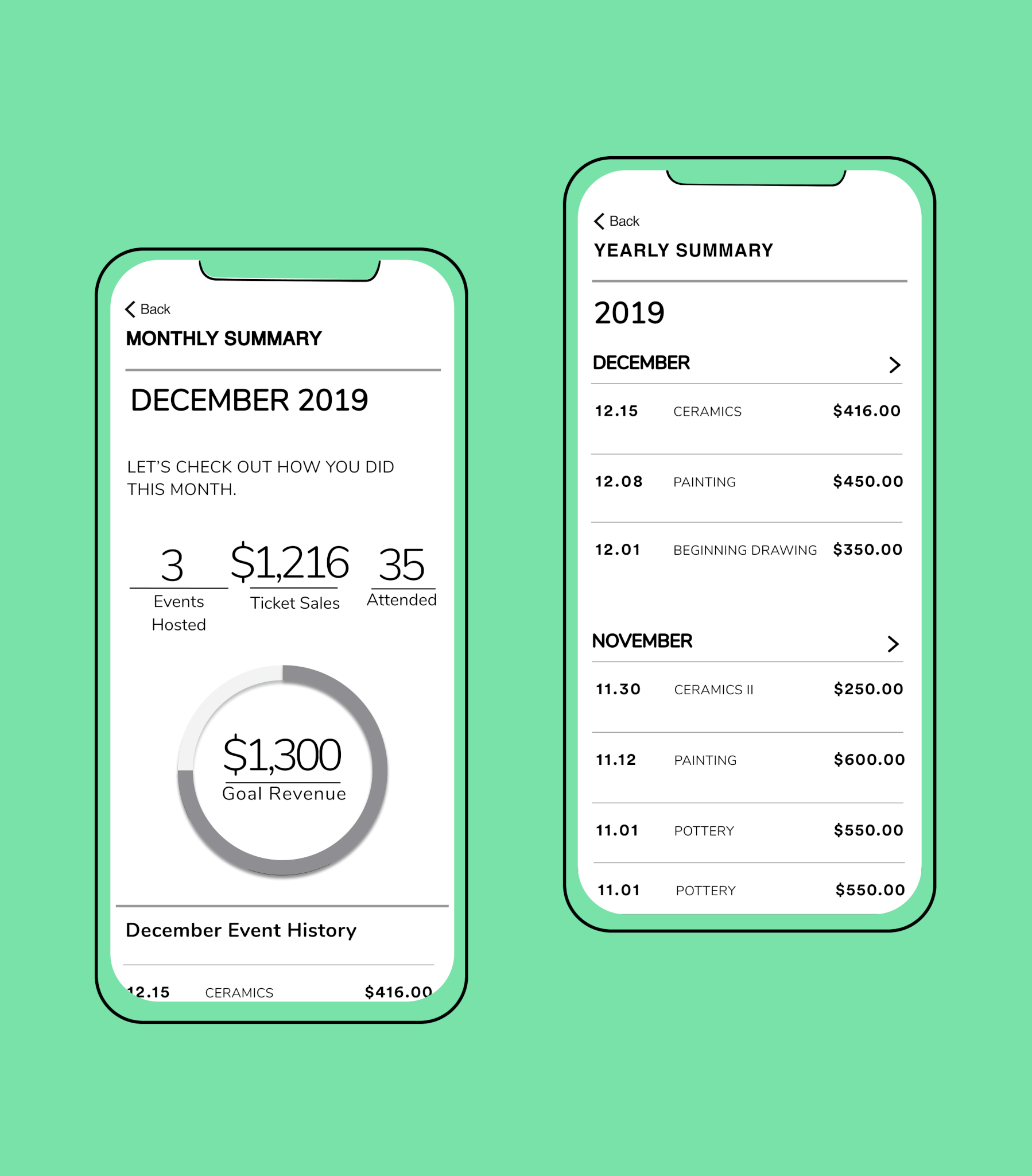
Monthly summary/ Yearly summary
Usability Testing
Our user tasks were as follows:
1. Create and customize a new event.
2. Notify attendees for an upcoming event.
3. Review event statistics from last event.
We tested for overall functionality, areas of friction, accessibility within user flows, and user confidence. The success rate for each individual task was high, with the dominance of issues arising from visual discrepancies and word choice. We had a total satisfaction rating of 8.6/10.
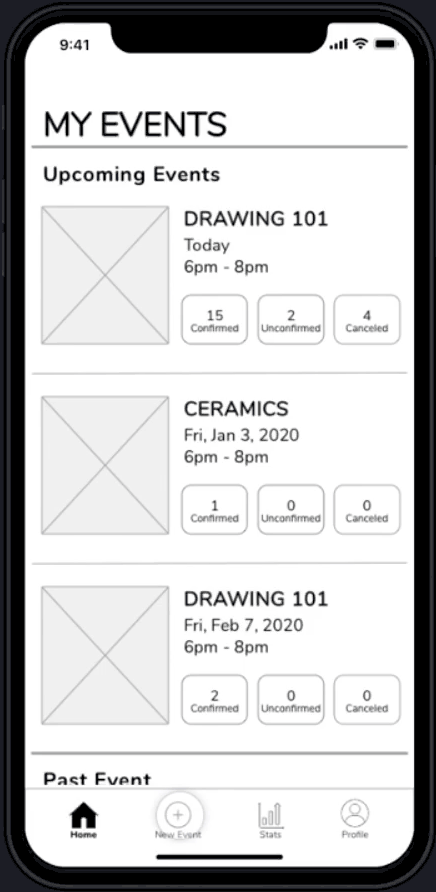
Task: Create an event
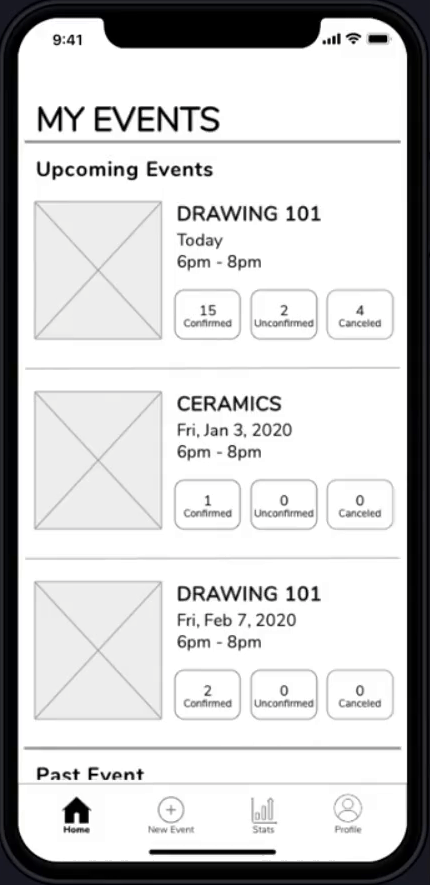
Task: View and message attendees

Task: Review event analytics
After conducting our tests and learning where user's experienced the greatest amount of friction, we implemented low-risk adjustments, these consisted of word choice, and button affordance. We addressed this before revealing our final product.
Design System
The UI Design was not in our project scope. After the project deadline, I took it upon myself to execute my vision by establishing a style sheet and the UI for key screens. I created high-fidelity mock-ups, as well as a style guide and design system that would define the product.
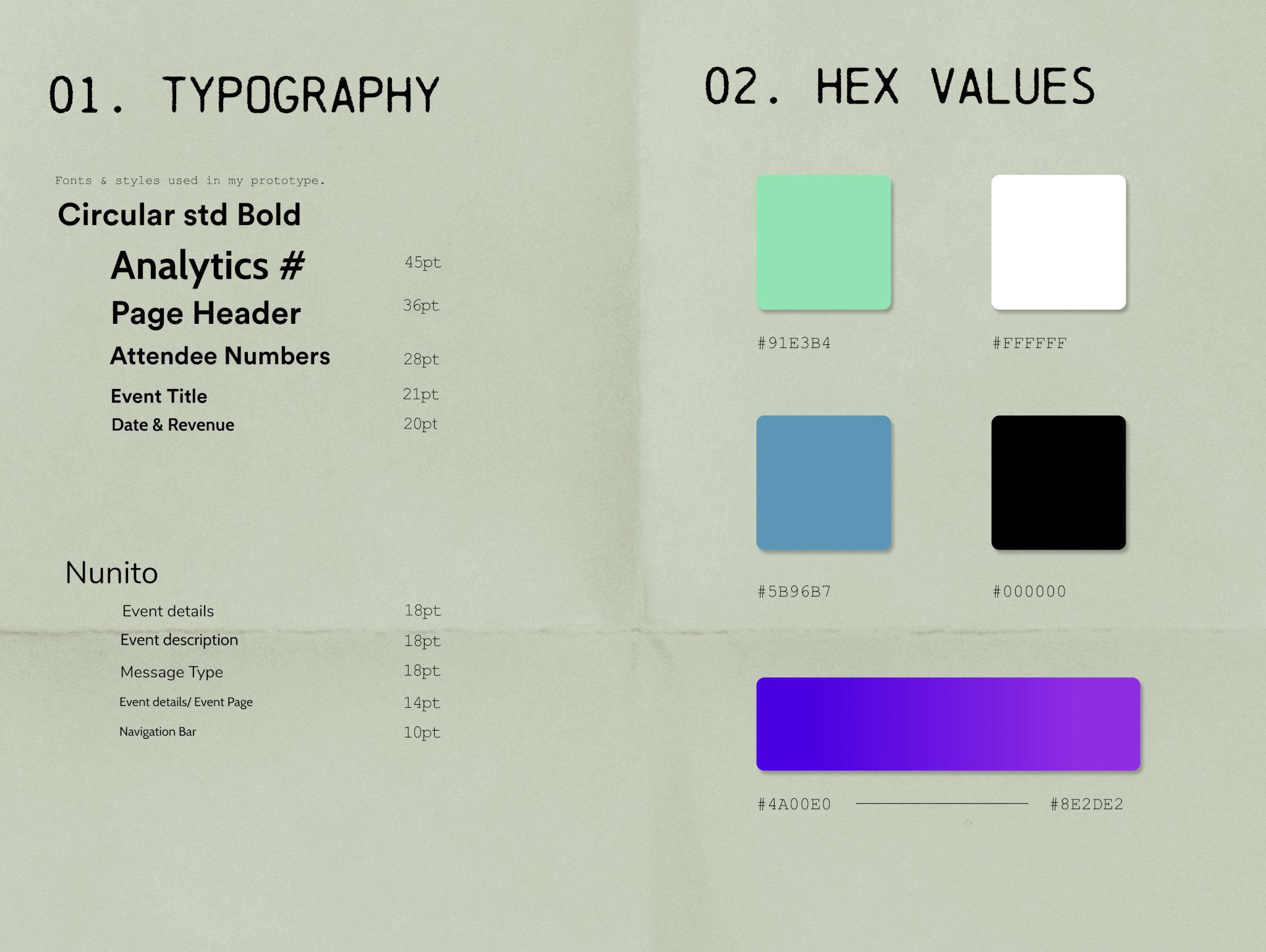
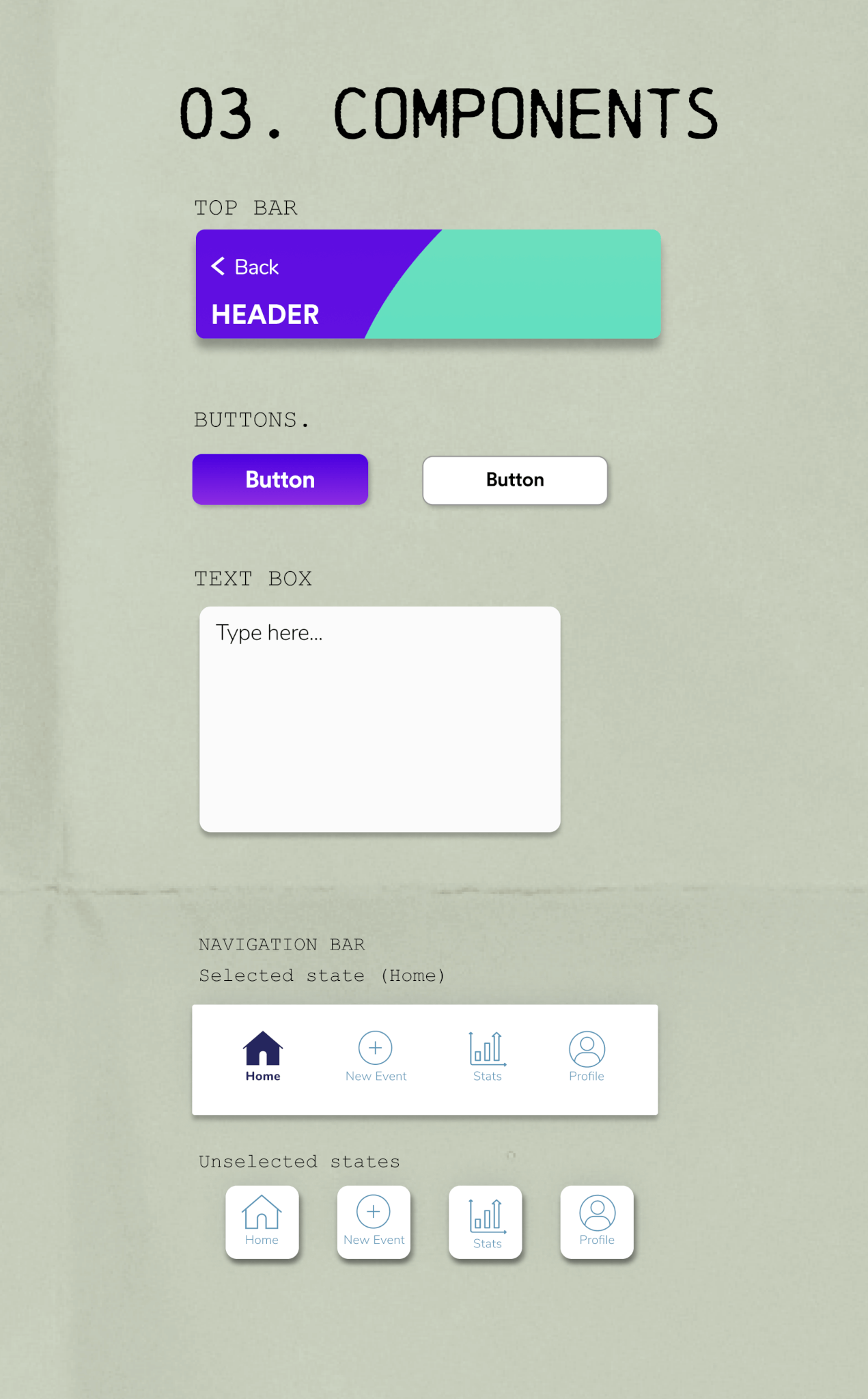
UI & IXD
Event Analysis Screens
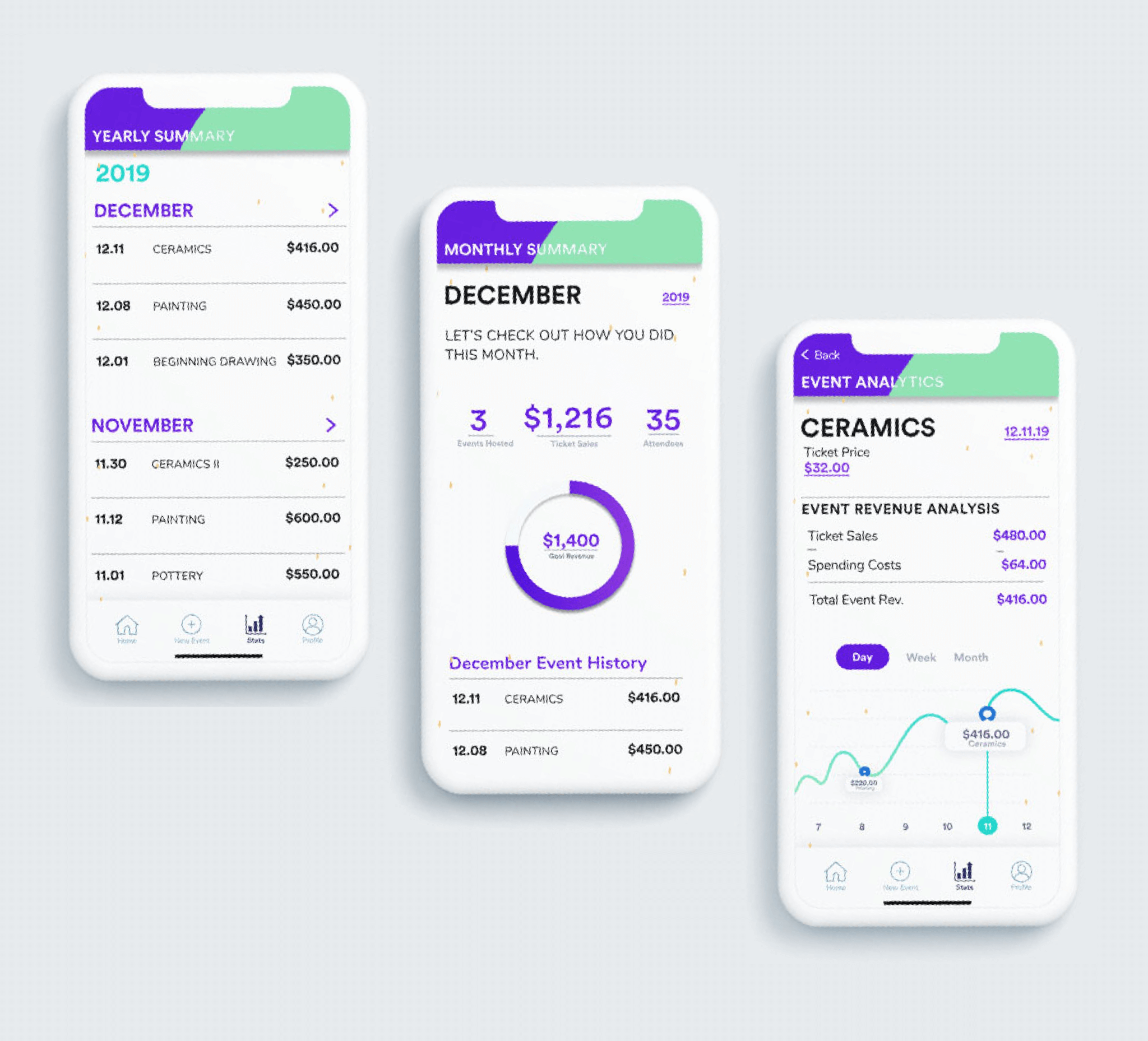
Screens: Yearly Summary/Monthly Summary/Event Analysis
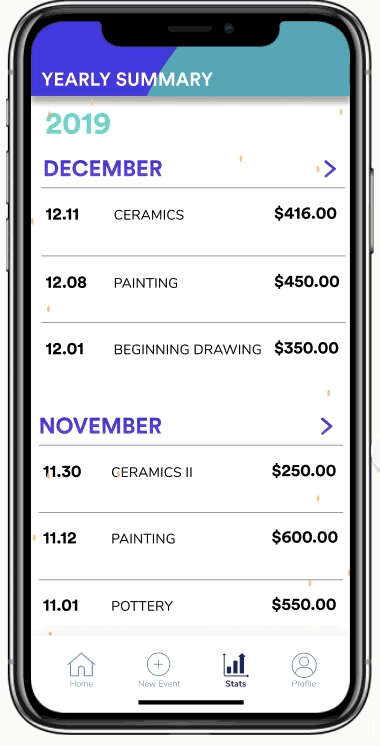
Hi-Fi task flow: Review event statistics
Events & Messaging Screens
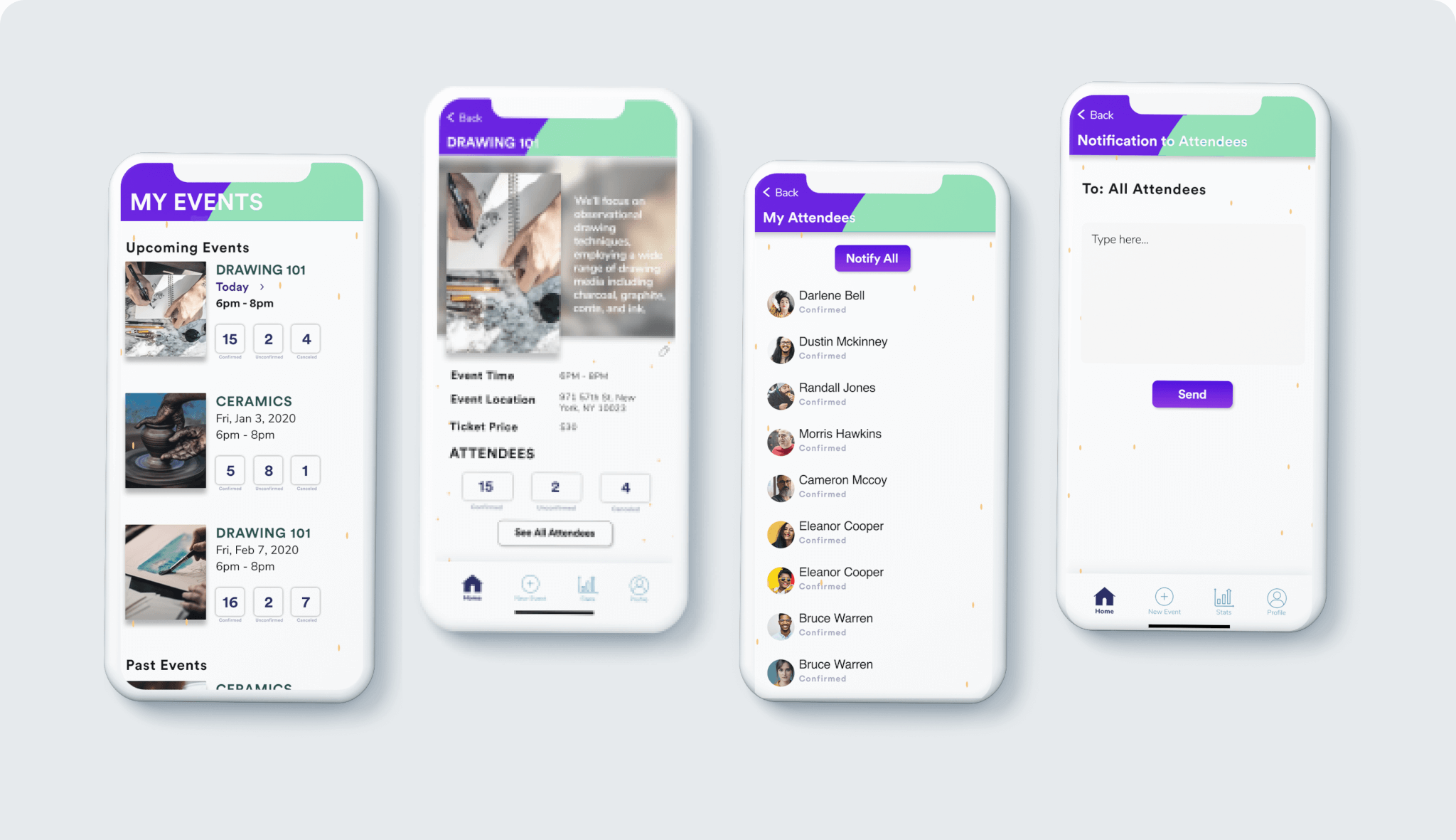
Screens: Events/ Detailed Event/Attendees/Message to Attendees
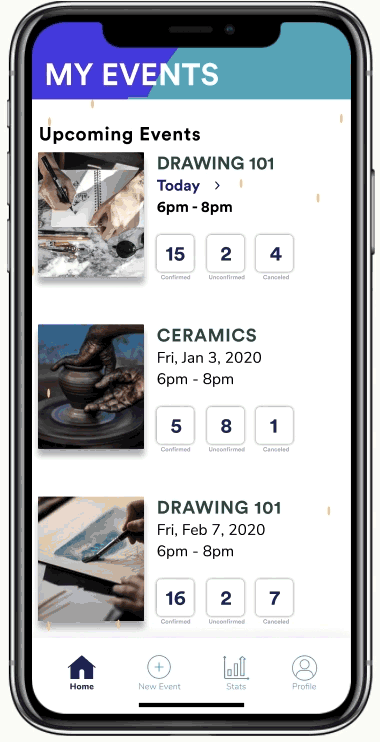
Hi-Fi task flow: Notify attendees for an upcoming event
Wireframes to High Fidelity
Before | After
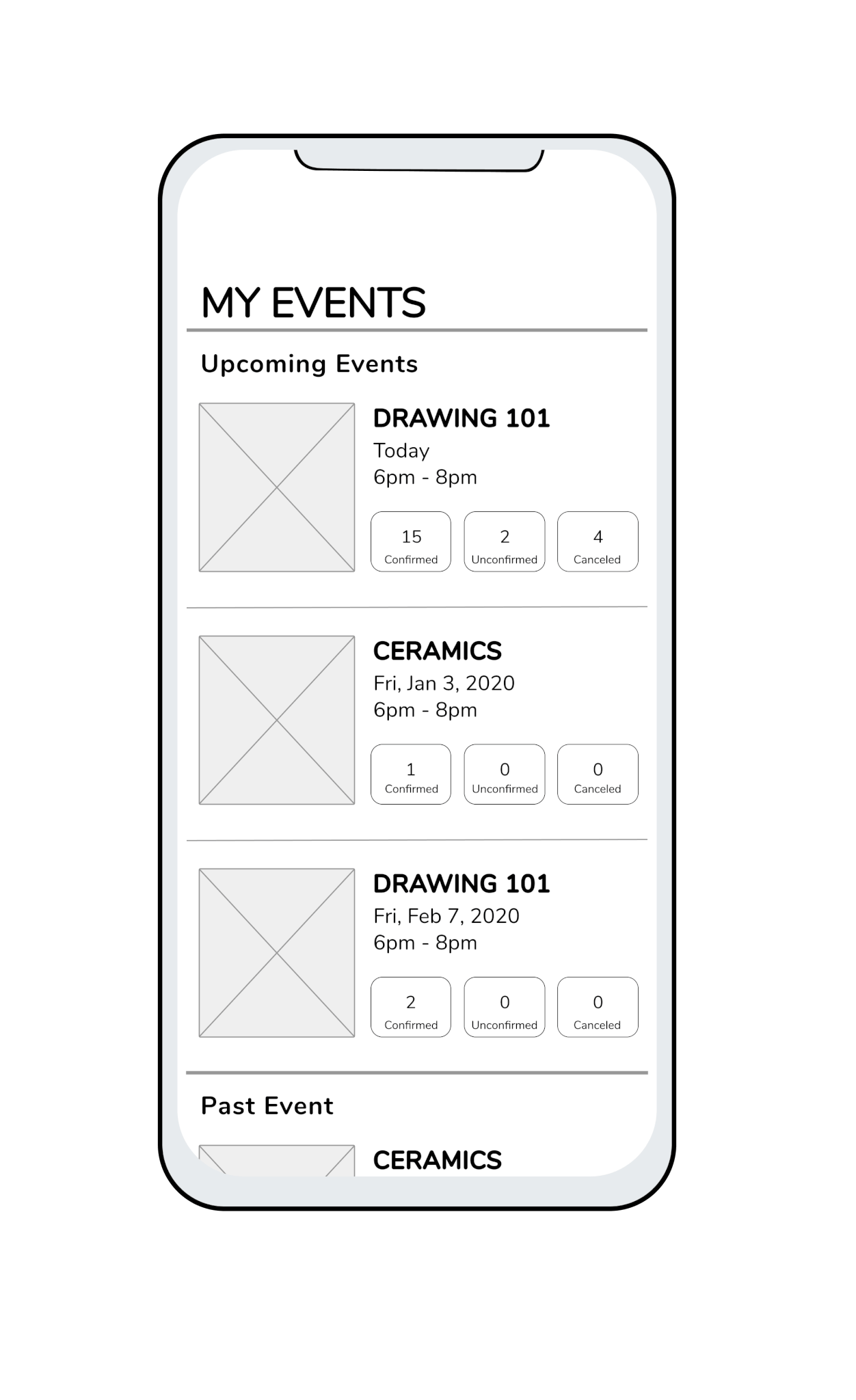
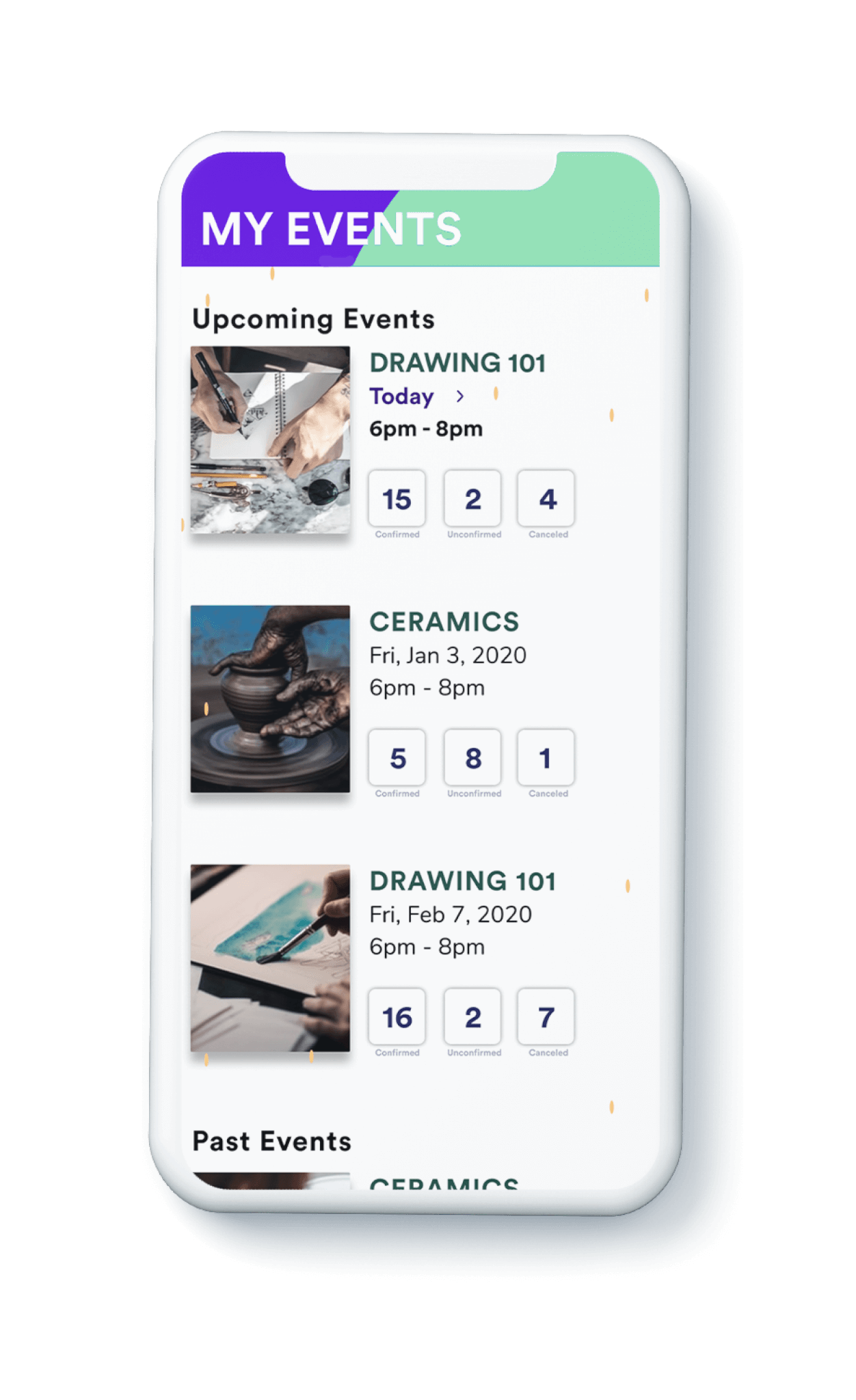
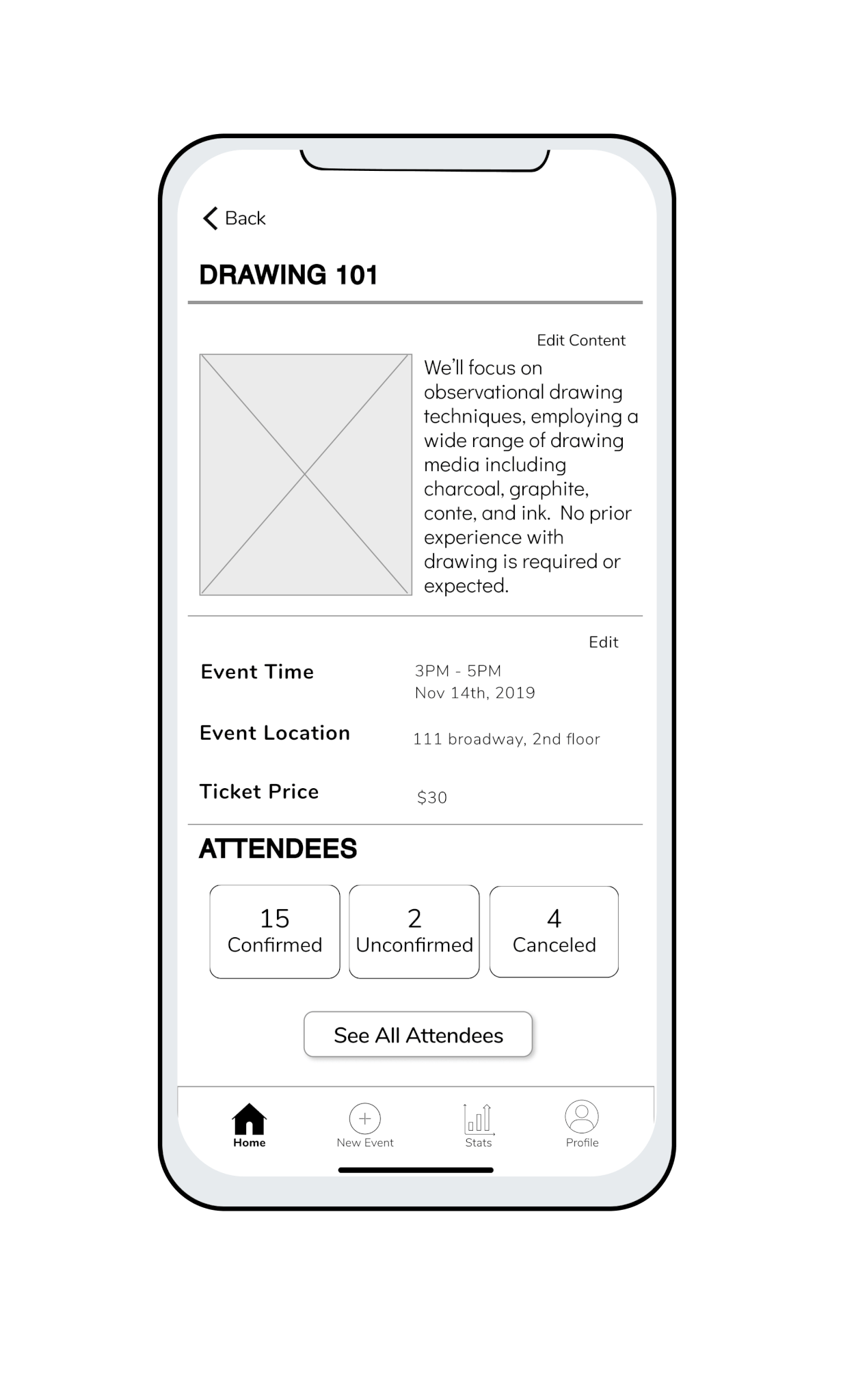
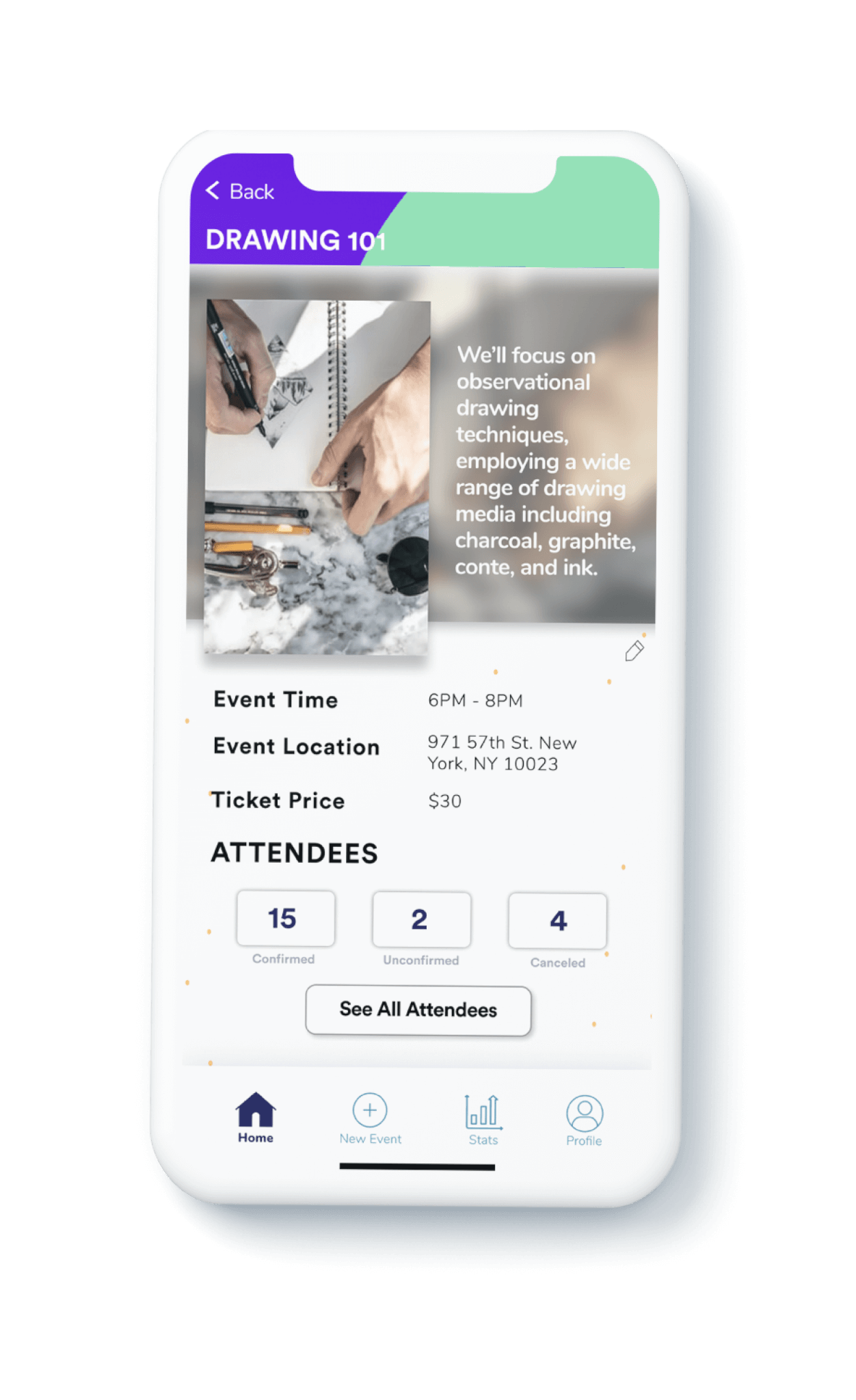

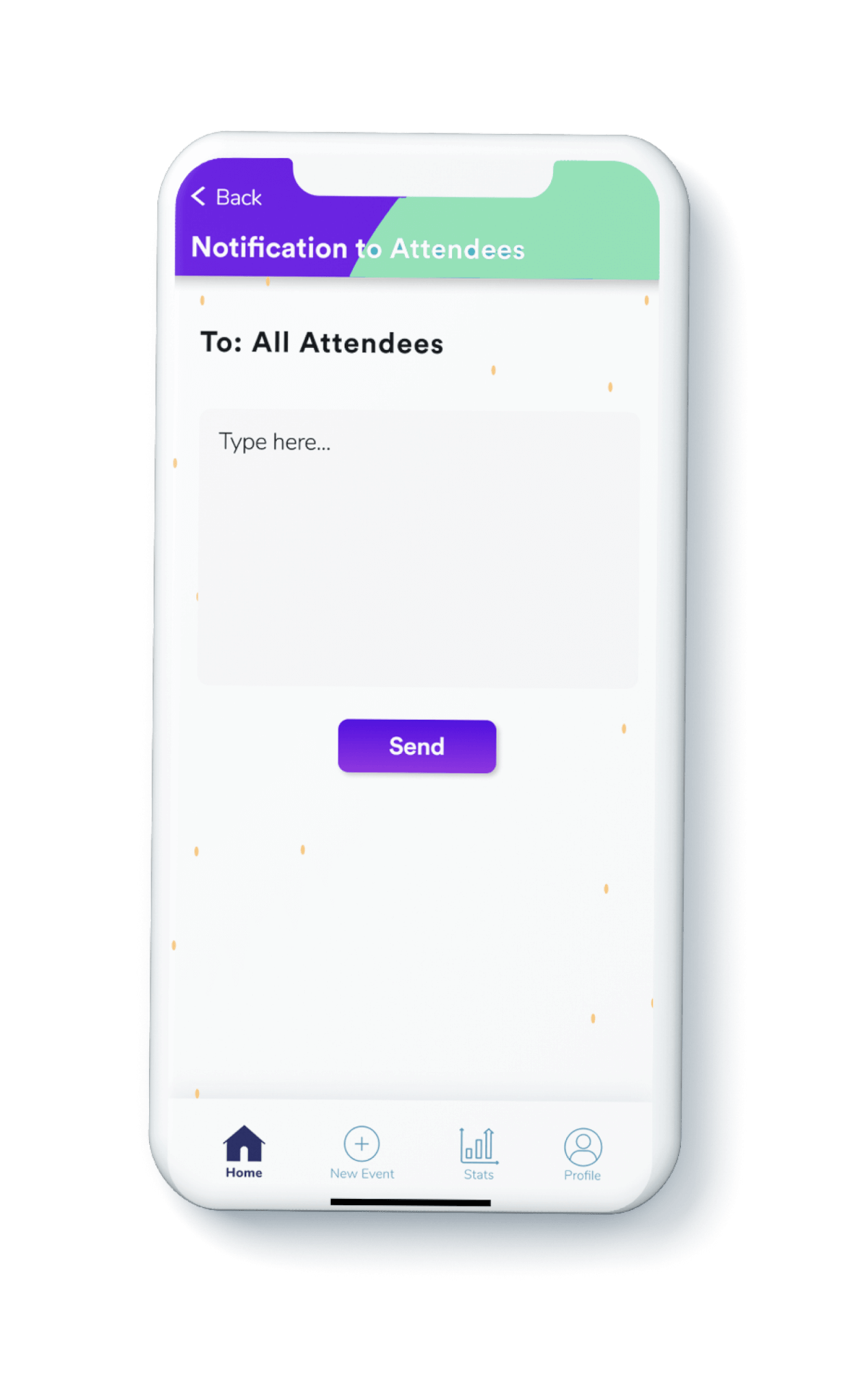
Success

We were able to create a product that enables the non-event planner and passionate educator to host in-person events to share their skills. With the advent of our digital platform, knowledge experts can keep track of their attendees, and financials so they can better prepare for a successful event. We are able to bridge the gap between knowledge experts and curious learners.
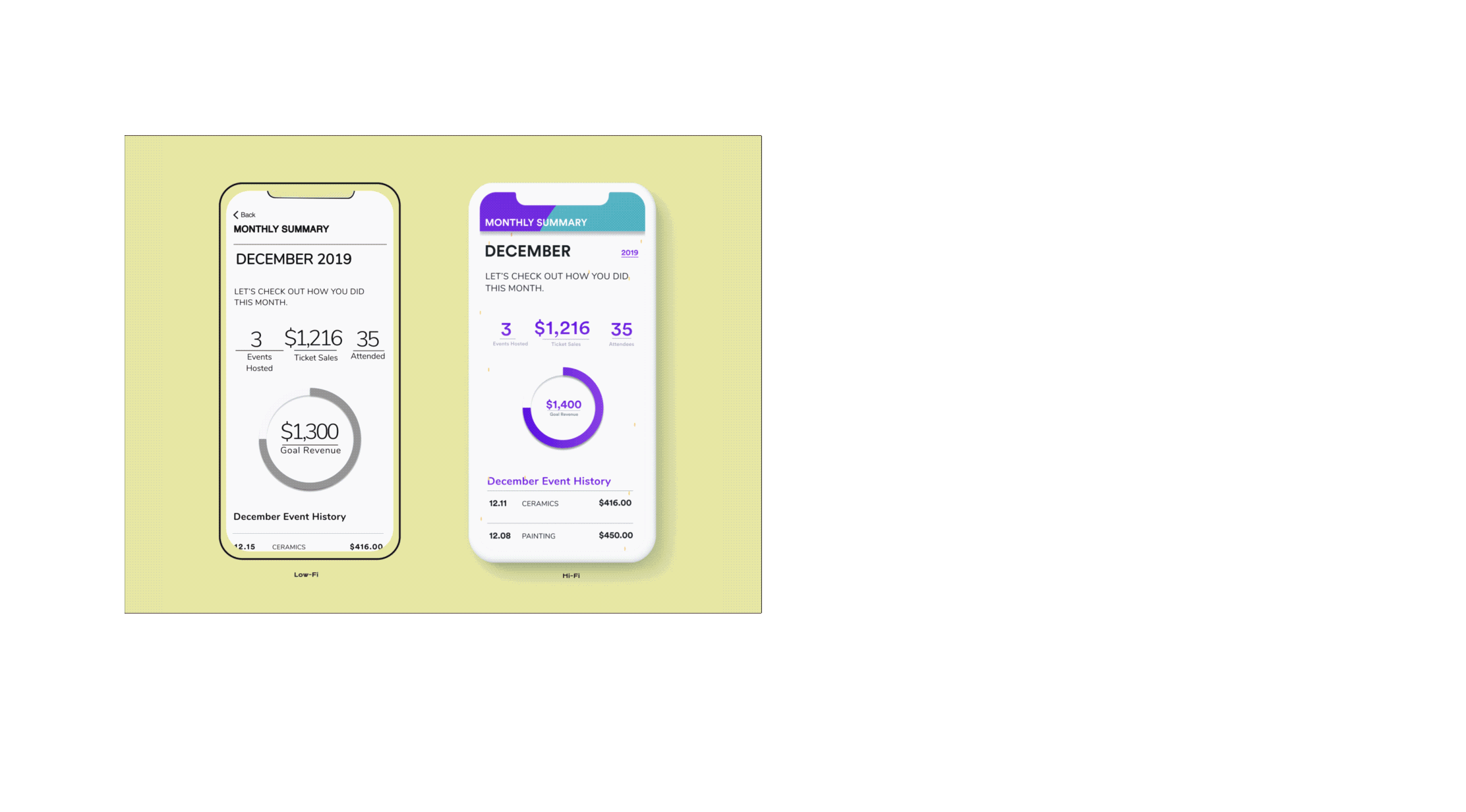
Key Takeaways
1. Hone in on the scope: Don't expect to address every pain point within an entire industry.
2. Think big & have fun: Ideation techniques such as brainwriting can be a quick and dirty way to build on a teammate’s ideas while not being afraid to think out of the box.
3. Test early: Not all concepts are great concepts; just because it alleviates a pain point doesn’t mean it’s practical. Guerilla testing helps flesh out design ideas early by getting user insight.



